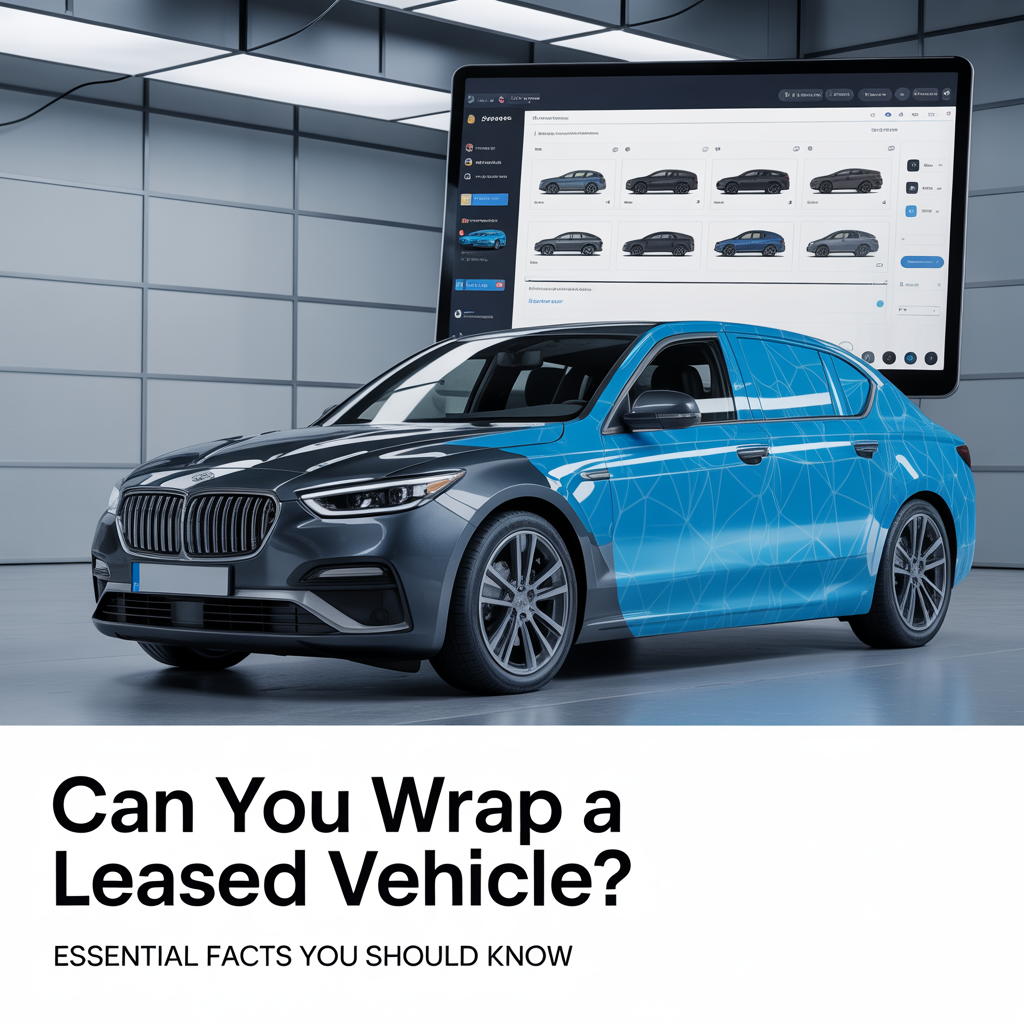
Thinking about customizing your leased vehicle with a wrap? While vehicle wraps can be a fantastic way to personalize your ride and make it stand out, it’s essential to understand the rules surrounding leased cars. Leasing companies often have specific restrictions on modifications, including wraps, so knowing the ins and outs can save you from potential penalties or ending up with a vehicle you can’t return as agreed. This article will guide you through the key facts you need to know about wrapping a leased vehicle and how to do it responsibly.
Understanding Lease Agreements and Wrap Restrictions
When it comes to leased vehicles, the lease agreement typically acts as a contract outlining what modifications are permitted and what aren’t. Most leasing companies consider wraps a form of permanent or semi-permanent modification because they change the vehicle’s original appearance and may affect its condition. As a result, many leases explicitly prohibit wraps unless explicitly approved, to protect the vehicle’s resale value and condition. Before proceeding, it’s crucial to review your lease agreement or consult with the leasing company to see if wraps are allowed or if they require prior approval.
Failing to adhere to these restrictions can lead to hefty penalties or the obligation to undo the wrap before returning the vehicle. If you get caught wrapping a leased car without approval, you might be liable for damages, fees, or even charges for returning the vehicle in an altered state. Some lease agreements might have clauses about alterations, emphasizing the importance of transparency and communication with your leasing provider. Understanding these restrictions upfront helps you avoid surprises when it’s time to return the vehicle or if you decide to end your lease early.
Tips for Wrapping a Leased Vehicle Legally and Safely
If you’re determined to customize your leased vehicle with a wrap, the best approach is to seek approval from your leasing company beforehand. Many providers are open to approved modifications if they don’t significantly impact the vehicle’s value or condition. Working with a professional wrap installer who understands lease restrictions can also help ensure the job is done correctly and safely, minimizing the risk of damage or improper application. Additionally, using removable or temporary wraps can be a smart choice, as they’re designed to be taken off easily without damaging the underlying paint or surface.
Another important tip is to keep detailed documentation of the wrapping process, including receipts, agreements, and before-and-after photos. This documentation can be useful at the end of your lease term to demonstrate that you adhered to any conditions or to help manage the return process smoothly. Finally, always choose a reputable installer who uses high-quality, removable materials, and avoid any permanent modifications that could impact your ability to return the vehicle in its original condition. Following these guidelines ensures you can enjoy your personalized ride while staying within the boundaries of your lease agreement.
Wrapping a leased vehicle can be a great way to express your style and make your car uniquely yours, but it requires careful planning and communication. By understanding your lease restrictions and working with professionals, you can customize your vehicle without risking penalties or damages. Remember, transparency with your leasing company and opting for temporary, removable wraps can help you enjoy your creative upgrades without any unwanted surprises when it’s time to return your vehicle. Pro Image Signs, OC’s #1 auto wrap, 714.662.7974

Leave a Reply